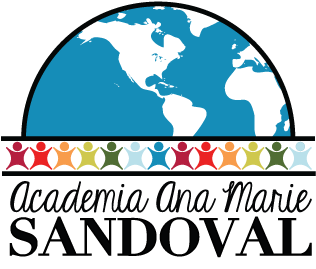
What is Montessori?
What is Montessori?
Montessori is a method of education that is based on self-directed activity, hands-on learning and collaborative interaction created by Dr. Maria Montessori. In the Montessori classroom, children make creative choices in their learning while the classroom and the teacher offer age-appropriate activities to guide the process. Children work in groups as well as individually to discover and explore knowledge of the world and to develop toward their maximum potential (Maria Montessori, 1913).
Montessori classrooms are beautifully crafted environments, designed to meet the needs of children in a specific age range. Dr. Maria Montessori discovered that experiential learning in this type of classroom leads to a deeper understanding of language, mathematics, science, music, art, social interactions and much more.
All materials in a Montessori classroom support an aspect of child development, creating a match between the child’s natural interests and the available activities. Children can learn through their own experience and at their own pace. They can respond at any moment to the natural curiosities that exist in all humans building a strong and solid foundation for life-long learning.
Important concepts:
- Freedom and Discipline: From the moment the child enters the class in the morning they are free to choose their activities for themselves. The child has the freedom to:
- Materials: children have access to materials in the environment that satisfies their developmental needs
- Time: ability to work with an activity for as long as he choose and at their pace
- Repetition: he is free to repeat the work as many times as he needs.
- Concentration: The child is left undisturbed and finishes at a natural pace where he/she is satisfied.
- Lessons: Throughout the day in the Montessori classroom, there are daily uninterrupted work periods of 2-3 hours. During this time, the children receive individual or small group lessons. But lessons typically take only 10-20 minutes each. Much of the time is not tightly scheduled by adults. Rather, it is an opportunity for a child to choose certain activities (guided, of course, by the teacher, who has observed the child and tailored his curriculum to his needs). A child may choose to start with a challenging math problem while she’s fresh in the morning. Another one may ease into the day by doing some independent reading.
- Mixed-age Groupings: In the family, in the workplace and society as a whole we are in constant interaction with those who are older or younger. A mixed-age environment is an important feature of Montessori education. Since the children need different environments at different stages in their development, classes are mixed within bands, for example, 0-3, 3-6, 6-12, and 12-15 years old. The young child in each band is surrounded by role models a little more developed than himself. Similarly, the older child finds herself in a position of responsibility, and, by showing younger children what he knows, affirms to herself, more surely than any test, the extent of her/his learning. Cooperation replaces competition as the driving force within these mini-societies. The auto-education facilitated by the prepared environment means that each child is learning and developing at his own pace.
- Montessori Materials: Dr. Montessori’s observations of children and things that children enjoy and go to repeatedly led her to design a number of multisensory, sequential and self-correcting materials that facilitate the learning of skills that lead to learning of abstract ideas. Montessori materials are attractive to children and inviting to play with. The materials are self-correcting, meaning when a piece does not fit or is left over; the child is able to easily see his error. The child then corrects himself, learning to problem solve independently. Problem solving independently builds self-confidence and analytical thinking.

